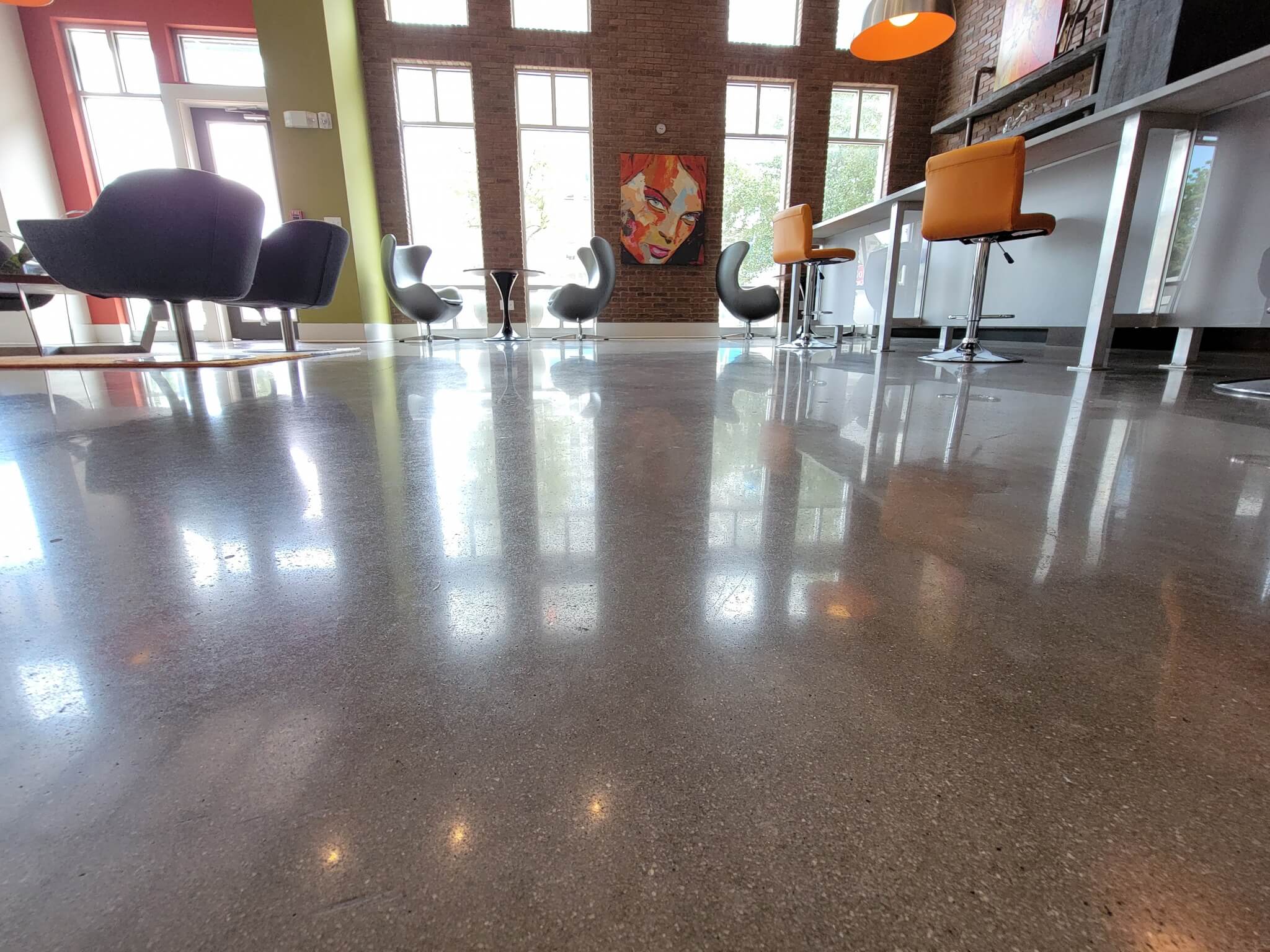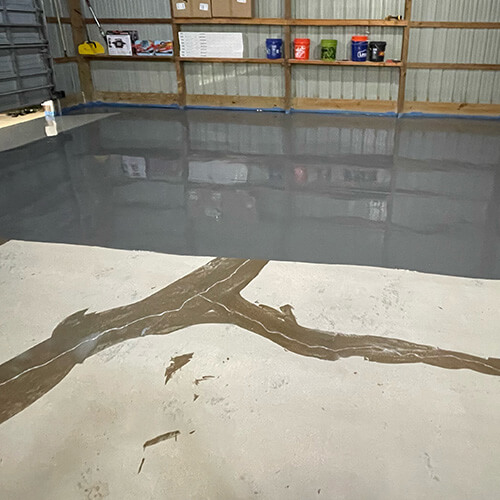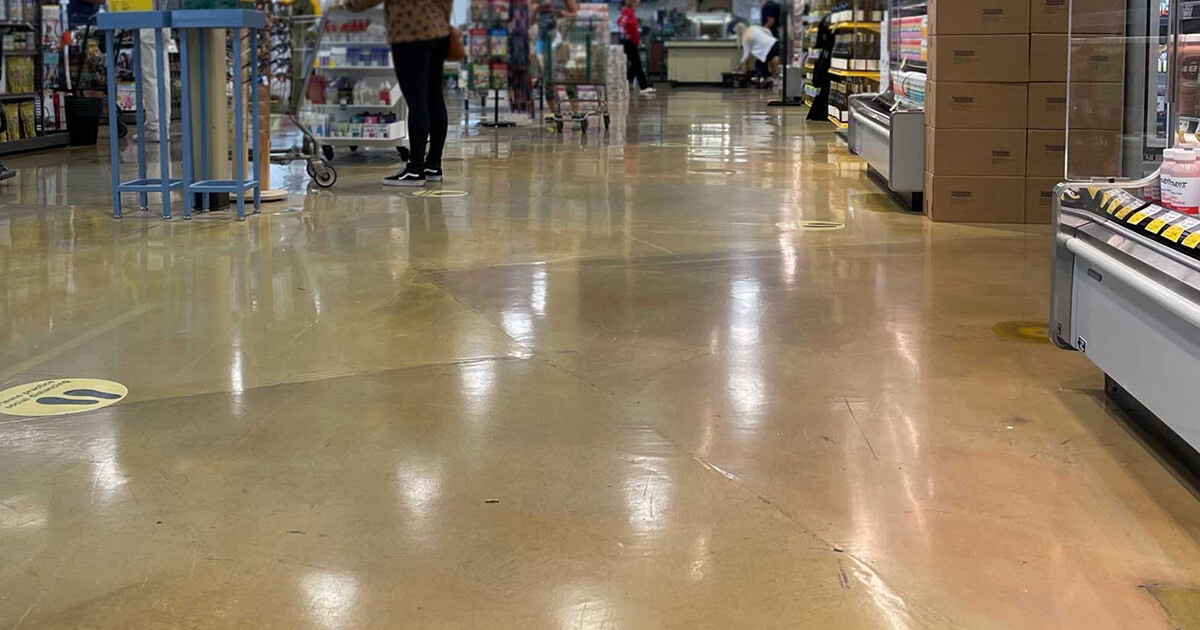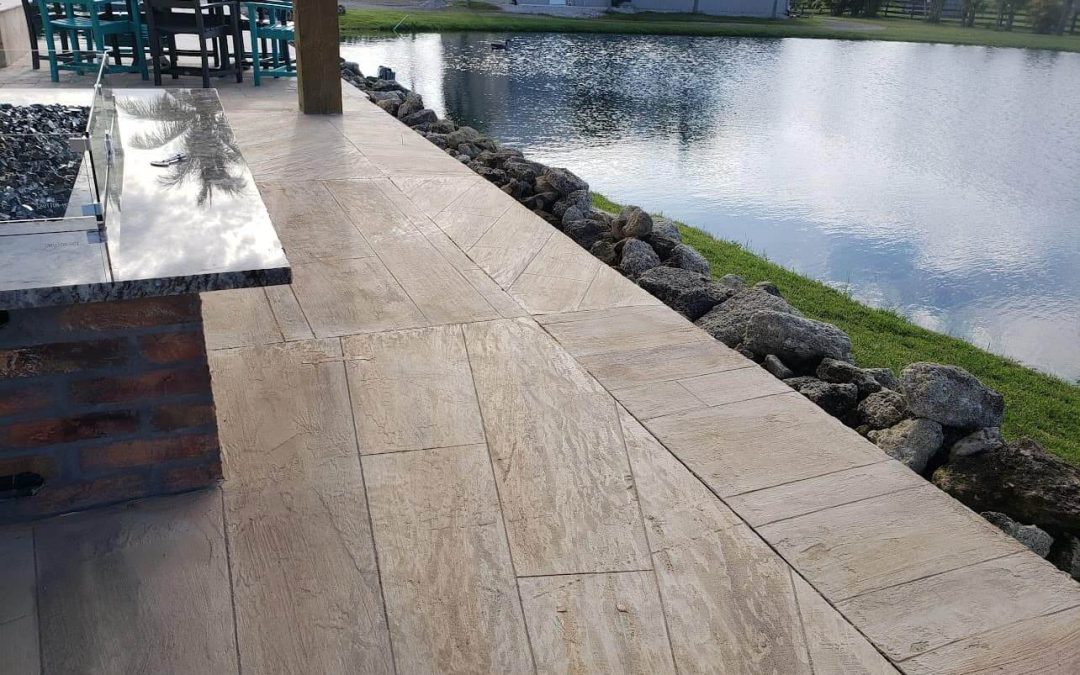In the race toward reducing carbon emissions and building a more sustainable future, the construction industry has placed significant emphasis on material innovation. One of the most talked-about shifts in recent years is the rise of 1L concrete, also known as Type 1L Portland-limestone cement (PLC). While its environmental intentions are clear, the execution and field performance of this material have sparked deep concerns among contractors, finishers, and construction professionals across the country.
What Is 1L Concrete?
1L concrete is a blended cement product made by intergrinding Portland cement clinker with up to 15% finely ground limestone. It falls under ASTM C595 and was promoted as a more sustainable option than traditional Type I or Type II cement, with a claimed reduction in embodied carbon of about 10%.
This transition is part of a broader movement toward lowering the construction industry’s carbon footprint. However, for many professionals working in the field every day, the reality of 1L’s performance has not aligned with its promise.
Why the Push—And Why the Pushback?
Advocates of 1L cement cite decades of successful use in Europe and a growing need for climate-conscious practices. Major producers in the U.S. began shifting almost entirely to Type 1L in 2022 and 2023, often with little consultation or consideration for the practical realities faced by contractors and specialty finishers.
This sudden change, often framed as a “drop-in replacement,” has led to a number of serious challenges:
Surface Defects & Finish Failures
Many contractors have reported inconsistent finish quality, scaling, dusting, and difficulty achieving color uniformity in decorative and exposed applications. In some cases, these issues have led to litigation over failed installations.
Lack of Field Testing & Support
Although some densifiers and admixtures are being promoted as compatible with 1L, most have not undergone sufficient independent testing to ensure reliable long-term performance. Contractors are left to troubleshoot on their own, often at their own expense.
Distrust from the Field
For many in the construction world, especially those working on architectural concrete, decorative finishes, or high-performance surfaces, the lack of transparency and technical support has created a deep sense of frustration and mistrust.
What Industry Experts Are Saying
While many material producers remain committed to 1L cement, an increasing number of contractors, specifiers, and consultants are raising red flags. Some are now avoiding 1L altogether in high-exposure projects or are specifying additional treatments, sealers, or surface hardeners to compensate for performance issues.
Yet even these remedies come with asterisks: most haven’t been thoroughly tested alongside 1L, and results vary based on climate, substrate, and finishing practices. While some contractors are beginning to find combinations that work, there is no universally endorsed solution at this time.
Proceeding with Caution
There’s no question that sustainability is an urgent priority—but true sustainability must also account for durability, performance, and constructability. When cement fails in the field, the environmental impact of replacement materials and labor far outweighs any initial carbon savings.
As the industry continues to explore lower-carbon alternatives, many experts are calling for a more thoughtful, transparent, and inclusive approach—one that includes rigorous testing, real-world data, and support for the contractors on the front lines of implementation.
The Bottom Line
1L concrete may represent a step toward sustainability, but for now, it’s a step that should be taken with full awareness of its limitations. The current landscape demands caution, continued evaluation, and an honest dialogue between producers and practitioners.
Until field data improves and manufacturers take stronger accountability for performance, the use of 1L cement should be considered on a case-by-case basis, especially in projects where finish quality, color uniformity, or long-term durability are critical.






